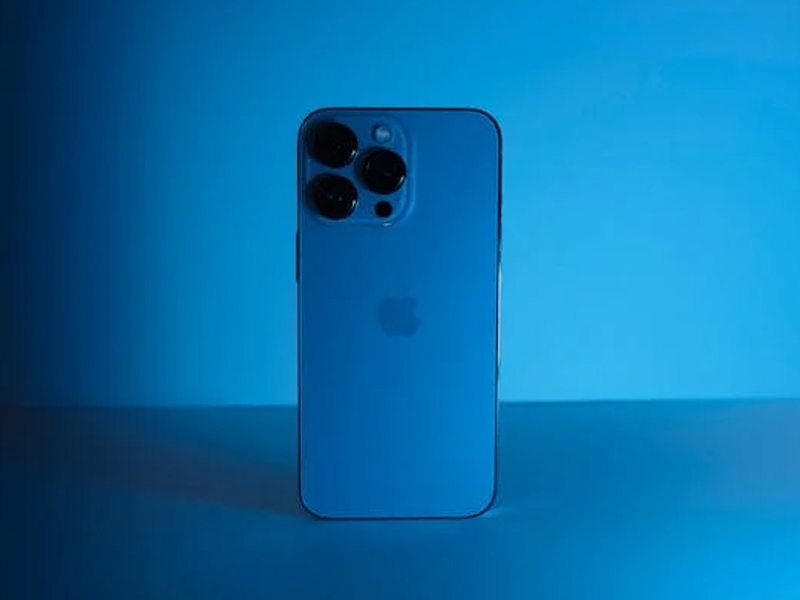Samsung brings out the world’s largest SSD with 15TB storage
Uncategorized
 Samsung has always been a forerunner in bringing in new technologies for quite some time and this time it is the world’s largest solid-state drive (SSD) based on a 2.5-in. form factor with 15.36TB storage. It is officially named as model PM1633a and was mentioned during a keynote presentation by the Samsung officials at the Flash Memory Summit this week.
However there are no details yet as to when the world’s highest capacity 2.5-in SSD will be available, though some published reports have speculated it will be shipping next year. While Samsung released few details about the PM1633a drive, it did say the drive is based on the company’s latest 32GB (256Gbit), 3D Vertical NAND (V-NAND). That chip doubles the capacity of previous flash dies used by Samsung.
The SSD consists of 32 512GB flash packages, each consisting of 16 layers of 256Gb V-NAND memory chips. It also has a controller that supports the 12Gb/s SAS interface, and a whopping 16GB of DRAM to help manage all of it.
Unfortuately, we won’t be seeing this — or any similar SSD — in our next gaming machines anytime soon. It’s an enterprise grade device that will likely come at an enterprise grade price, though Samsung hasn’t released any details about how much this will set you back.
However good news is that later this year, the same drive will be available in smaller capacities as well: 7.68TB, 3.84TB, 1.92TB, 960GB and a meager 480GB. Samsung expects the new lineup to become the “overwhelming favorite over hard disks” in enterprise storage systems.
Samsung has always been a forerunner in bringing in new technologies for quite some time and this time it is the world’s largest solid-state drive (SSD) based on a 2.5-in. form factor with 15.36TB storage. It is officially named as model PM1633a and was mentioned during a keynote presentation by the Samsung officials at the Flash Memory Summit this week.
However there are no details yet as to when the world’s highest capacity 2.5-in SSD will be available, though some published reports have speculated it will be shipping next year. While Samsung released few details about the PM1633a drive, it did say the drive is based on the company’s latest 32GB (256Gbit), 3D Vertical NAND (V-NAND). That chip doubles the capacity of previous flash dies used by Samsung.
The SSD consists of 32 512GB flash packages, each consisting of 16 layers of 256Gb V-NAND memory chips. It also has a controller that supports the 12Gb/s SAS interface, and a whopping 16GB of DRAM to help manage all of it.
Unfortuately, we won’t be seeing this — or any similar SSD — in our next gaming machines anytime soon. It’s an enterprise grade device that will likely come at an enterprise grade price, though Samsung hasn’t released any details about how much this will set you back.
However good news is that later this year, the same drive will be available in smaller capacities as well: 7.68TB, 3.84TB, 1.92TB, 960GB and a meager 480GB. Samsung expects the new lineup to become the “overwhelming favorite over hard disks” in enterprise storage systems. You Might Be Interested In:
Frequently Asked Questions?
01
Tech news
Gatherings Just Got Easier: WhatsApp Communities Now Have Built-In Event Planning
May 5, 2024

01
Mobile Technology
iPhone Repair Just Got Easier: No More Disabling Find My Before Service
May 4, 2024

01
Tech news
Tech for a Greener You: Apps to Empower Your Sustainable Lifestyle
May 3, 2024

01
AI & ML
Meta Llama 3: Jack of All Trades, Master of None (But Still Free!)
May 1, 2024
SUSBSCRIBE TO OUR NEWSLETTER
Join our subscribers list to get the latest news and special offers.
Gatherings Just Got Easier: WhatsApp Communities Now Have Built-In Event Planning
iPhone Repair Just Got Easier: No More Disabling Find My Before Service
Tech for a Greener You: Apps to Empower Your Sustainable Lifestyle
Tesla’s Robotaxi: A Driverless Future on the Autobahn (or Freeway)?